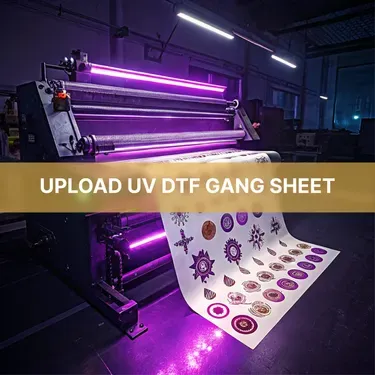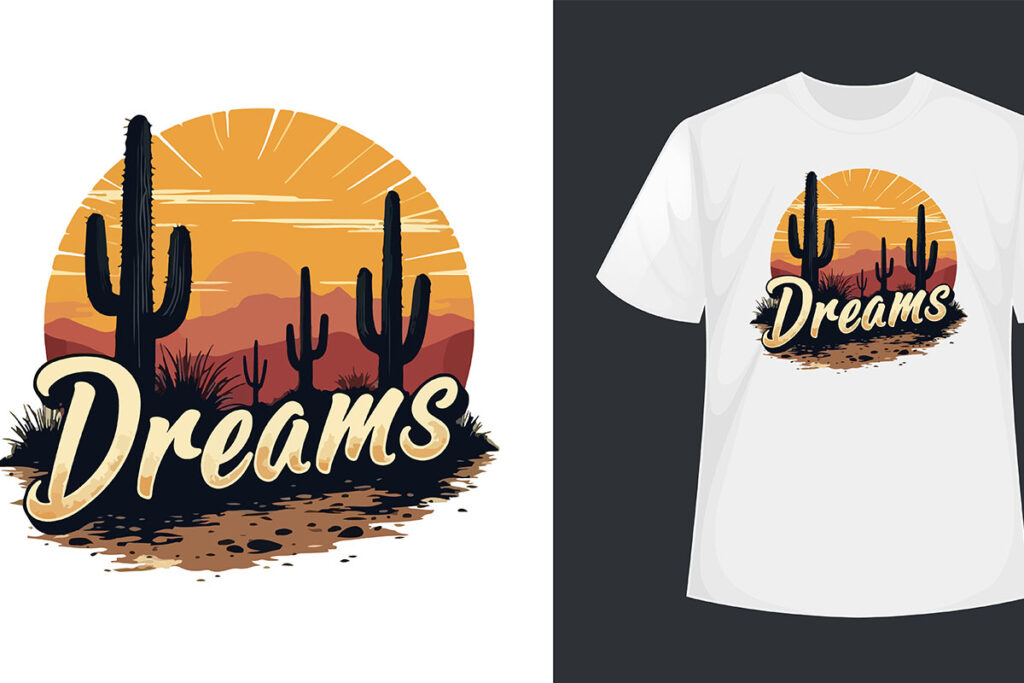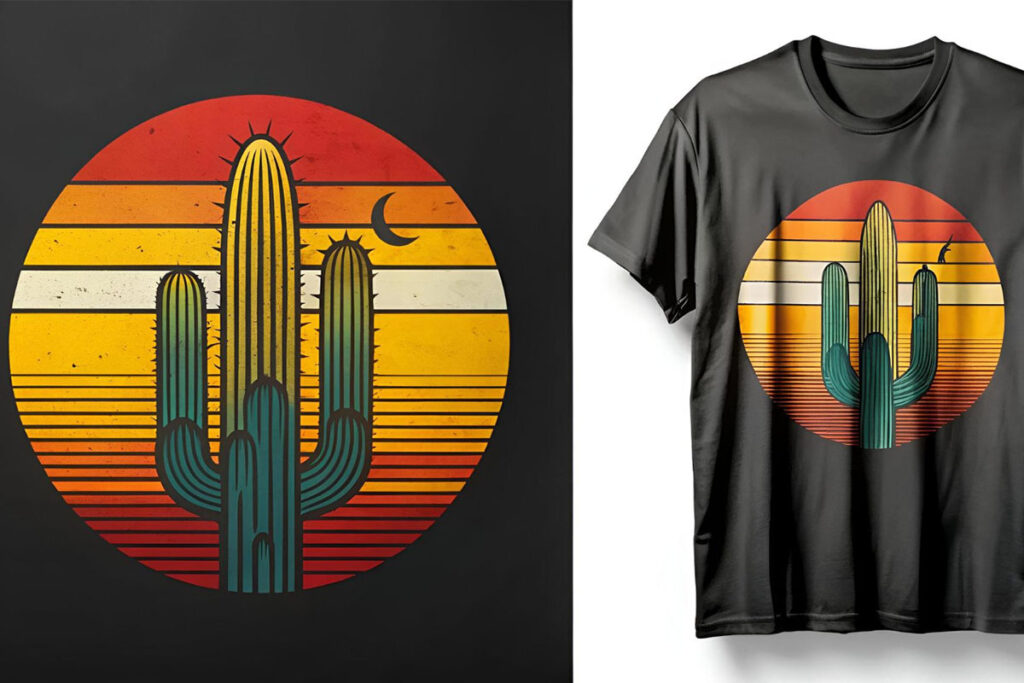UV DTF Gangheet is a revolutionary concept in the printing industry that merges the cutting-edge capabilities of UV printing technology with the versatility of Direct-to-Film (DTF) printing. This innovative fusion is paving the way towards a sustainable printing future, where speed, quality, and environmental consciousness coexist. By utilizing UV inks and curing methods that drastically reduce drying times, UV DTF Gangheet delivers impressive prints on a variety of substrates, ensuring vibrant colors and meticulous detail. As businesses and consumers increasingly prioritize eco-friendly solutions, advancements like UV DTF Gangheet position themselves at the forefront of this movement, showcasing the potential for reducing environmental impact. With continuous innovations in printing technologies, such as those found in UV DTF Gangheet, the landscape of custom print services is set to transform dramatically.
The concept of UV DTF Gangheet embodies an exciting intersection of the latest advancements in printing methodologies, specifically the fusion of ultraviolet and direct-to-film techniques. Often referred to in discussions around the next generation of print technologies, this hybrid approach highlights how manufacturers can effectively combine the rapid ink curing features of UV printing with the detailed output capabilities of DTF printing. In an industry where sustainability and quality are paramount, exploring alternatives like this encourages creativity and adaptability. By embracing innovations in printing, businesses are not only enhancing their operations but also responding to market demands for environmentally responsible practices. As we delve deeper into the implications of UV DTF Gangheet, it becomes clear that its potential is vast, marking a significant step toward the future of printing.
The Advancements in UV Printing Technology
UV printing technology has revolutionized the way we perceive print processes. Utilizing ultraviolet light, this technique not only dries ink instantly but also enhances the durability of the print output, paving the way for a range of applications from packaging to promotional materials. The unique curing process allows for the use of a variety of substrates, ensuring that designs can be vivid and yet versatile enough to cater to different demands. As consumers look for high-resolution visuals and quality finishes, UV printing’s efficiency becomes an invaluable asset in the competitive market.
In recent years, the innovation surrounding UV printing technology has also focused on sustainability. With less volatile organic compounds (VOCs) in UV inks, businesses are increasingly adopting eco-friendly practices while still delivering top-notch results. This technology not only meets the needs of consumers for faster turnaround times but also aligns with corporate social responsibility goals, driving businesses to invest more in sustainable printing solutions that do not compromise on quality. The future is bright for UV printing as it continually evolves to meet both aesthetic and environmental standards.
Understanding the Mechanics of Direct-to-Film (DTF) Printing
Direct-to-Film (DTF) printing has emerged as a preferred choice over traditional methods like Direct-to-Garment (DTG) due to its cost-effectiveness and superior color output. This technique involves printing designs on a special film, which is subsequently transferred to fabrics using heat and adhesive powders. The result is a dynamic, durable design that is particularly sought after in the fashion industry. DTF printing not only enhances the vibrancy of colors but also ensures that these prints withstand multiple washes, making them ideal for high-usage textiles.
As the industry continues to embrace DTF printing, manufacturers have reported a noticeable increase in efficiency and production speed. The ease of use coupled with the relatively low setup costs draws more companies towards adopting DTF technology. Further, as more innovations materialize in this area, we can expect to see enhanced tactile qualities and finishes that resonate well with consumer trends toward personalization and uniqueness in apparel.
The Synergy of UV DTF Gangheet in Modern Printing
The concept of UV DTF Gangheet is indicative of a promising future where UV printing and Direct-to-Film technologies converge to trim production timelines while enhancing output quality. By integrating UV curing with DTF methods, manufacturers can leverage the best features of both technologies, achieving faster drying times without sacrificing the ability to print on diverse substrates. This synergy not only streamlines the workflow but also opens up limitless design possibilities that cater to the ever-evolving consumer market.
Moreover, the potential of UV DTF Gangheet extends beyond mere convenience; it embodies a commitment to sustainable practices. The combination of these two technologies could lead to the development of eco-friendly inks that further minimize environmental impact while still boasting impressive durability. As innovations in printing continue to surface, industries that embrace this integrated approach will not only keep pace with market demands but will also lead the charge towards a sustainable future in printing.
Navigating Future Trends in Printing Technology
As we delve deeper into the future of printing technology, it is essential to track current trends that coexist with innovations like UV and DTF printing. In recent years, the push for sustainable printing practices has gained momentum, prompting many companies to scrutinize their operational emissions and waste. The emergence of eco-friendly inks and recyclable substrates reflects an industry-wide migration towards sustainability, actively addressing consumer concerns regarding environmental footprint and promoting greener operations.
Equally important are advancements in digital printing, which are reshaping how manufacturers deploy these technologies. The movement towards smart printing technologies, such as personalized print on demand and automated systems, aims to enhance efficiency. As solutions like UV DTF Gangheet refine the production process, businesses can anticipate not only improved versatility in their offerings but also bolstered customer satisfaction through responsive and tailored printed products, marking a transformative era in the print industry.
The Impact of Innovations in DTF Printer Technology
Innovations in DTF printer technology are rapidly shaping the textile printing landscape, resulting in unparalleled opportunities for personalization and creativity. As manufacturers continue to develop advanced printing techniques, the capabilities of DTF printers have expanded, allowing for high-resolution prints that are both vivid and durable. These advancements impact not just the quality of the finished product but also the overall efficiency of printing operations, enabling quicker turnaround times for customized orders.
Furthermore, as printers scale up their offerings by incorporating cutting-edge features like multi-layer printing and enhanced color accuracy, the market becomes increasingly competitive. This technological evolution facilitates a more responsive approach to fashion trends and consumer demands, allowing businesses to quickly adapt and launch targeted collections. The ongoing innovation within DTF technology heralds a new era of possibilities for designers, brands, and customers alike, indicating a promising trajectory for the future of printing.
Challenges and Opportunities in Implementing UV DTF Gangheet
While the concept of UV DTF Gangheet holds incredible promise for the printing industry, it also presents unique challenges that businesses must navigate. As with any emerging technology, the integration of UV and DTF processes requires significant investment in equipment and training, which may deter smaller operations from embracing these advancements. Additionally, ensuring that quality standards are maintained across different materials and printing methods becomes critical to avoid inconsistencies in product output.
On the other hand, recognizing these challenges offers businesses a chance to innovate and adapt their strategies. By investing in research and development, companies can explore new materials, ink formulations, and printing techniques that optimize the strengths of these technologies. As the industry gravitates towards a more interconnected and sustainable future in printing, those who successfully implement UV DTF Gangheet strategies could position themselves as market leaders, offering superior products that appeal to eco-conscious consumers.
Frequently Asked Questions
What is UV DTF Gangheet and how does it improve printing efficiency?
UV DTF Gangheet is a cutting-edge concept that merges UV printing technology with Direct-to-Film (DTF) printing, providing faster production times and superior quality. By using UV light to cure the inks instantly, it eliminates drying time, allowing businesses to enhance operational efficiency while maintaining vibrant colors and excellent finishes.
How does UV printing technology contribute to sustainable printing practices in UV DTF Gangheet?
UV printing technology plays a crucial role in sustainable printing within the UV DTF Gangheet ecosystem. It utilizes inks that minimize volatile organic compounds (VOCs), resulting in a lower environmental impact compared to traditional printing methods. This eco-friendly approach aligns with the industry’s push towards greener practices.
What are the advantages of Direct-to-Film printing in the context of UV DTF Gangheet?
Direct-to-Film printing offers significant advantages within the UV DTF Gangheet framework, including the ability to produce vibrant and durable designs on textiles. It is cost-effective and provides exceptional color outputs, making it a preferred choice for manufacturers looking to cater to a diverse range of materials.
How is the durability of prints enhanced through UV DTF Gangheet technology?
The combination of UV printing and DTF methods in UV DTF Gangheet enhances print durability by enabling instant curing of inks and adhesives, leading to high-quality, long-lasting outputs. This is essential for apparel and other products requiring both vibrancy and resistance to wear.
What future innovations can be expected from UV DTF Gangheet technology?
The future of UV DTF Gangheet technology promises innovative advancements, such as the development of new materials and inks that foster even greater operability and sustainability. Continuous research within this domain is likely to introduce novel applications and creative solutions in the printing industry.
Why is industry adoption of UV DTF Gangheet important for printing businesses?
Industry adoption of UV DTF Gangheet is vital as it encourages printing businesses to leverage advanced technologies, improve product offerings, and meet consumer demands for high-quality, sustainable prints. This innovative approach positions companies competitively in a rapidly evolving market.
| Key Point | Description |
|---|---|
| UV Printing Technology | Utilizes ultraviolet light to cure or dry ink quickly, resulting in vibrant prints and versatility across various substrates. |
| Process Overview | Employs UV inks that cure immediately upon exposure to UV light, eliminating drying time. |
| Eco-Friendly Aspect | Reduced VOCs in UV inks promote a more sustainable printing process. |
| DTF Printing | Allows for high-quality designs on textiles using a film transfer method, gaining popularity over DTG. |
| Durability of Output | Produces vibrant and resilient prints that withstand washes, ideal for apparel. |
| Combining Technologies | Merging UV curing with DTF processes to enhance production speed and print quality. |
| Future Innovations | Potential to revolutionize material and ink use, introducing greater creativity in print applications. |
Summary
UV DTF Gangheet represents the future of printing technology, where the convergence of UV and DTF printing can reshape the industry landscape. By integrating the rapid curing capabilities of UV printing with the flexible application methods of DTF, businesses can enjoy improved production speeds without compromising quality. This innovation not only enhances print durability and vibrancy but also promotes sustainability through reduced VOC emissions. As the printing sector continues to evolve, understanding and adopting UV DTF Gangheet may unlock new opportunities, paving the way for more innovative practices that cater to diverse consumer needs and environmental concerns.



